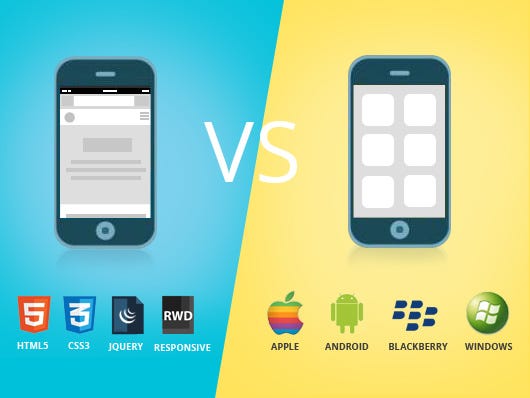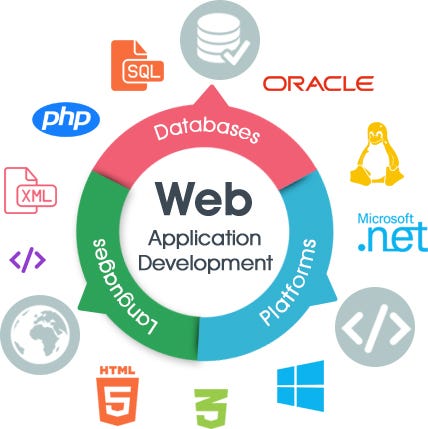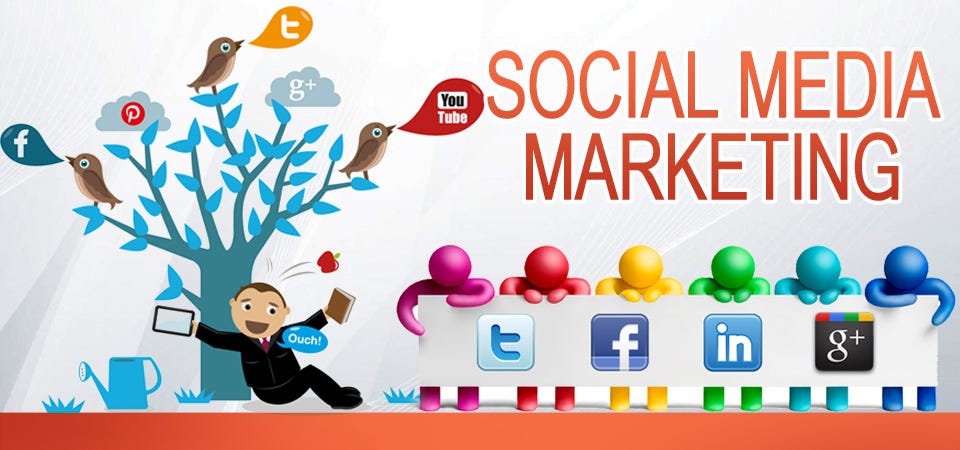Partnering with a Top Pay Per Click Agency
In today's competitive digital landscape, Pay Per Click (PPC) advertising plays a crucial role in successful marketing strategies. However, managing PPC campaigns effectively requires specialized knowledge and expertise. This is where partnering with a PPC agency can offer significant benefits for your business. A reputable PPC agency, such as Techimpero, known for providing the best PPC services in Delhi, brings expertise and experience to the table. They have a deep understanding of various PPC platforms like Google Ads, Bing Ads, and social media advertising, ensuring that your campaigns are optimized for maximum performance.
Moreover, a PPC agency works closely with you to develop a customized PPC strategy tailored to your business goals. This includes keyword research, ad copy creation, and campaign optimization, ensuring that your ads target the right audience and drive relevant traffic to your website. Additionally, outsourcing your PPC management saves you time and resources, as managing PPC campaigns can be time-consuming and complex. A PPC agency also provides detailed reporting and analysis, allowing you to track the success of your campaigns and make informed decisions to optimize performance further.
Benefits of Hiring a PPC Agency for Your Business Success
1. Expertise and Experience: One of the primary benefits of hiring a PPC agency is gaining access to a team of experienced professionals who specialize in managing PPC campaigns. These experts have in-depth knowledge of various PPC platforms such as Google Ads, Bing Ads, and social media advertising, ensuring that your campaigns are optimized for maximum performance.
2. Strategic Planning: A reputable PPC agency will work closely with you to develop a customized PPC strategy tailored to your business goals. This includes keyword research, ad copy creation, and campaign optimization to ensure that your ads are targeting the right audience and driving relevant traffic to your website.
3. Cost-Effective Advertising: Contrary to popular belief, hiring a PPC agency can be more cost-effective than managing your campaigns in-house. Pay Per Click agencies have the expertise to optimize your campaigns for better performance, resulting in higher click-through rates (CTRs) and lower cost per click (CPC), ultimately saving you money in the long run.
4. Time-Saving: Managing PPC campaigns can be time-consuming, especially if you're not familiar with the intricacies of PPC advertising. By outsourcing your PPC management to an agency like Techimpero, you can free up valuable time to focus on other aspects of your business, knowing that your campaigns are in capable hands.
5. Detailed Reporting and Analysis: A reputable PPC agency will provide you with detailed reports and analysis of your campaign performance, including key metrics such as impressions, clicks, and conversions. This allows you to track the success of your campaigns and make informed decisions to optimize performance further.
Conclusion,
Hiring a PPC agency like Techimpero for your business can offer a wide range of benefits, including expertise, strategic planning, cost-effectiveness, time-saving, and detailed reporting. With their help, you can take your PPC campaigns to the next level and achieve greater success in your digital marketing efforts.
Partnering with a leading PPC agency like Techimpero for your business in Delhi can unlock a variety of benefits. Their expertise ensures strategic planning and cost-effectiveness, saving you time and resources. With detailed reporting, you can track campaign success and make informed decisions. Techimpero's Top Pay Per Click services in Delhi can elevate your PPC campaigns, driving more relevant traffic and ultimately boosting your digital marketing success.






